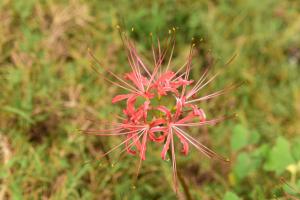Introduction
Pitcher plants are a type of carnivorous plant that have fascinated scientists and nature enthusiasts for centuries. With their unique ability to trap insects and other small prey, these plants are considered some of nature鈥檚 most curious and fascinating creations. In this article, we will explore the world of pitcher plants, their different types, and how they capture their prey.
Types of Pitcher Plants
There are more than 100 species of pitcher plants, each with its own unique characteristics and adaptations to the environment. Some common types of pitcher plants include the following:
Nepenthes: This is one of the most common types of pitcher plant, found throughout Asia and Australia. Nepenthes pitcher plants have a unique shape that allows them to catch prey easily. They are also known for their beautiful flowers.
Sarracenia: This type of pitcher plant is found in the southeastern United States. Sarracenia pitcher plants are known for their bright colors and intricate designs, which attract insects.
Drosera: Also known as the sundew, this type of pitcher plant is found in many regions around the world. Sundews have tiny, sticky hairs that trap insects and other prey.
How Pitcher Plants Capture Prey
Unlike most plants that get their nutrients from the soil, pitcher plants have evolved to be carnivorous, meaning they get their nutrients from consuming insects and small animals. The pitcher of the plant serves as a trap for insects, luring them with sweet-smelling nectar and bright colors. Often, the inside of the pitcher is slippery, with downward-pointing hairs that make it difficult for insects to escape. Once the insect falls into the pitcher, it is trapped and digested by enzymes secreted by the plant.
Adaptations of Pitcher Plants
Pitcher plants have evolved a number of adaptations that make them successful trap predators. For example, some pitcher plants produce slippery surfaces that prevent prey from climbing out of the pitcher once they have fallen in. Other pitcher plants have developed a unique method of sealing the opening of the pitcher with a lid, preventing prey from escaping. Additionally, some pitcher plants have evolved the ability to change color to attract different types of prey, making them even more efficient predators.
Conclusion
Pitcher plants are fascinating examples of the diversity of nature. These carnivorous plants have evolved to be incredibly efficient predators, preying on insects and small animals that fall into their traps. With hundreds of species and a variety of unique adaptations, pitcher plants offer endless opportunities for scientific study and appreciation. Whether you are a scientist, nature enthusiast or just a curious observer, exploring the world of pitcher plants is sure to be a fascinating and rewarding experience.

 how many times do yo...
how many times do yo... how many planted tre...
how many planted tre... how many pine trees ...
how many pine trees ... how many pecan trees...
how many pecan trees... how many plants comp...
how many plants comp... how many plants can ...
how many plants can ... how many plants and ...
how many plants and ... how many pepper plan...
how many pepper plan...






























